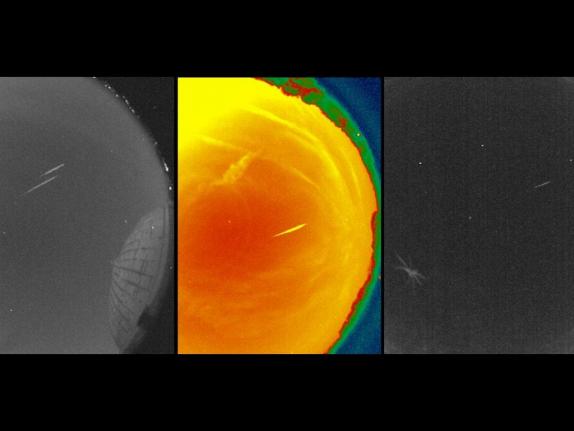Meteor Shower to Hit its Peak, Debris from Halley’s Comet Viewable Worldwide

WASHINGTON, May 5 (UPI) — Every year, the Eta Aquarid meteor shower lights up the sky as Earth spirals through the debris from Halley’s Comet. This year’s peak occurs on Tuesday at about 9 a.m. EDT, according to NASA.
The meteors will come into view at a rate of 30 space rocks per hour near the shower’s peak at speeds reaching 148,000 mph.
The best viewing is said to be before dawn on May 5, but the shower will continue until May 28.
The shower is apparently best seen from the Southern Hemisphere where one can see up to 60 meteors per hour, CBS News says. Those in the Northern Hemisphere can most likely see 10 per hour, however.
The Slooh community observatory will stream the stellar event live Tuesday night for anyone in bright or cloudy areas of the world.
The well known Halley’s Comet itself is viewable from Earth almost every 76 years. It was last viewable from the Blue Planet in 1986 and is expected to return into our night skies in 2061. The Earth orbits through the left-behind debris from the comet every year.






